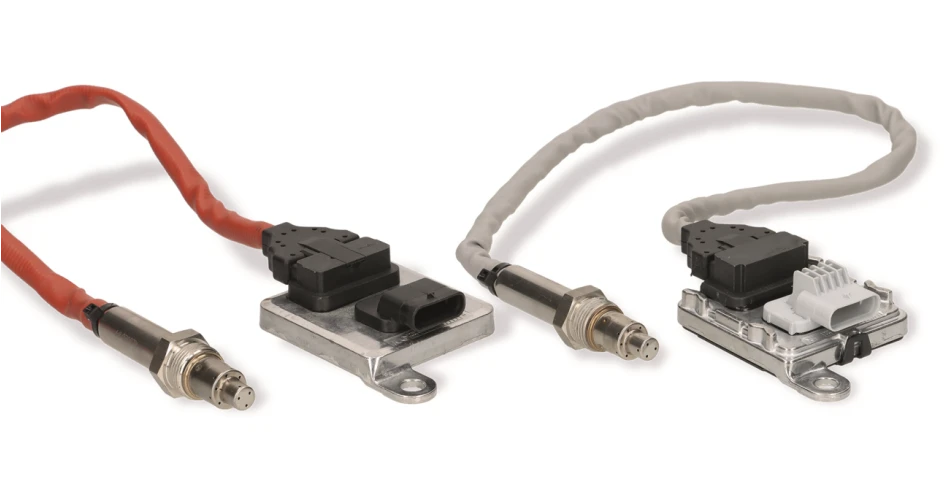MS Motorservice International was able to show how it has been expanding its range of exhaust gas sensors from Pierburg with the addition of NOx sensors at Automechanika.
Also sometimes referred to as nitrogen oxide sensors, the 26 items currently available can be used in over 13 million vehicles worldwide, including commercial vehicles from the ‘Big Seven’ of DAF, IVECO, MAN, Mercedes-Benz, Renault, Scania and Volvo. It is not unusual for vehicles to be fitted with several sensors, so the potential market is large.
These sensors play an important part in reducing harmful nitrogen oxide, or NOx for short. But high operating temperatures and aggressive exhaust gases make high demands of NOx sensors. This is why Motorservice is offering NOx sensors on the aftermarket from its sister company Pierburg, with the reliable quality associated with original manufacturers.
With diesel engines, NOx sensors help inject the right amount of urea in the SCR catalytic converter (selective catalytic reduction). If two NOx sensors are fitted, the second NOx sensor monitors the function of the SCR catalytic converter. In commercial vehicles, NOx sensors are of EURO VI standard or higher. In the case of petrol engines with direct injection, the NOx sensor monitors the load on the NOx catalytic converter.
The NOx sensor works on a similar principle to the wideband lambda sensor and, like this, needs a heat source to raise the sensor to the operating temperature (around 700 degrees). The NOx sensor consists of two chambers arranged one in front of the other. In the first chamber, the amount of residual oxygen in the exhaust gas is determined. This occurs when a voltage is applied, which ‘pumps’ the oxygen out of the cell. Depending on the vehicle type and the position of the sensor, the NOx sensor may also take on the function of a lambda sensor and replace it.
In the second chamber, the NOx is broken down into its constituent parts of nitrogen and oxygen. The amount of oxygen generated is measured by another pump electrode. The ‘pump current’ applied is proportionate to the NOx concentration in the exhaust gas. It is evaluated by the control unit at the NOx sensor and relayed by CAN bus to the engine control unit.
This range of NOx sensors is available from Pierburg stockists.
